Barcelona has a long and interesting history, stretching back many decades. The city, as it’s seen today, may appear modern to someone unfamiliar with its legacy, but almost everything that we know as Barcelona today was built on top of a once small, much older city, with its roots in Roman times.
People first came to this area over 5000 years ago, during the Neolithic period. The first modern settlers were the Laietani, an Iberian people who formed the city of Barkeno in the 2nd century BC. The name “Barcelona” is believed to be derived from this original name. 200 years later, under the reign of Caesar Augustus, a conquest was completed, and the area was settled by the Romans.
Related article: Tarragona, a city with a Roman history
Table of Contents
Ruins
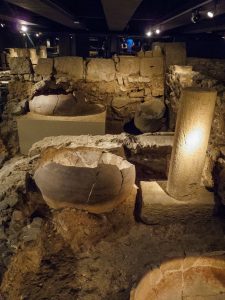


Photo credit: Francis Rher via Visualhunt / CC BY-NC-ND
The city soon began growing with a thriving wine trade, and the Romans brought much of their architecture to the area. Around 250AD, Germanic tribes began raiding the settlement, and shortly after, a huge wall fortification was erected to protect its people. The wall encircled most of the Gothic Quarter, from where now stands the famous Cathedral of Santa Eulália. Click here to see the map of the many locations along this route where ruins can be found.
Casa de l’Ardiaca
Located in Carrer de Santa Llúcia, Casa de l’Ardiaca is an excellent place to visit, as there are both original ruins and reconstructed ones. A replica of an aqueduct archway provides great insight into how water was distributed to inhabitants throughout the city. There are also remains of two sections of the wall, and two towers. These original remains are highly impressive; the wall stands firm with a thickness of over 3.5 meters, and the two square towers climb high up into the air, commanding the area with a stern influence. It really goes to show how powerful the settlement was. These things were built to last!
The building of Casa de l’Ardiaca is also impressive in itself. It sits on top of the walls and was originally built in the 12th century, with many modifications being made in the following years.
In the 14th century, Archdeacon Lluís Desplà transformed the house into a traditional Gothic palace. There is an inner courtyard, surrounded by beautiful tiles, as well as a tall palm tree and fountain; and also the
There is an inner courtyard decorate with arches and beautiful tiles. At the center, there is a tall palm tree and fountain where you can make a wish without throwing a coin, so as not to pollute the waters.
Related article: Visit Baetulo: Roman Badalona
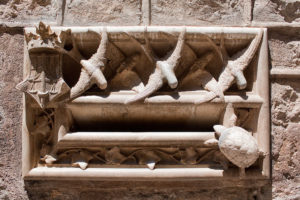


Photo by AngieSix via Visualhunt
For those who pay attention to the main paçade, they will be able to spot the gorgeous letterbox designed by Lluís Domenèch i Montaner, wich is decorated with three swallows and small turtle.
Today, Casa de l’Ardiaca houses Barcelona’s Municipal Archive, and is open for visits on the following schedule:
From Setember 1st to June 30th: Monday to Friday, from 9am to 8.45pm. Saturday, from 9am to 1pm.
From July 1st to August 31st: Monday to Friday, from 9am to 7.30pm.
* Featured image by Prof. Mortel via Visualhunt









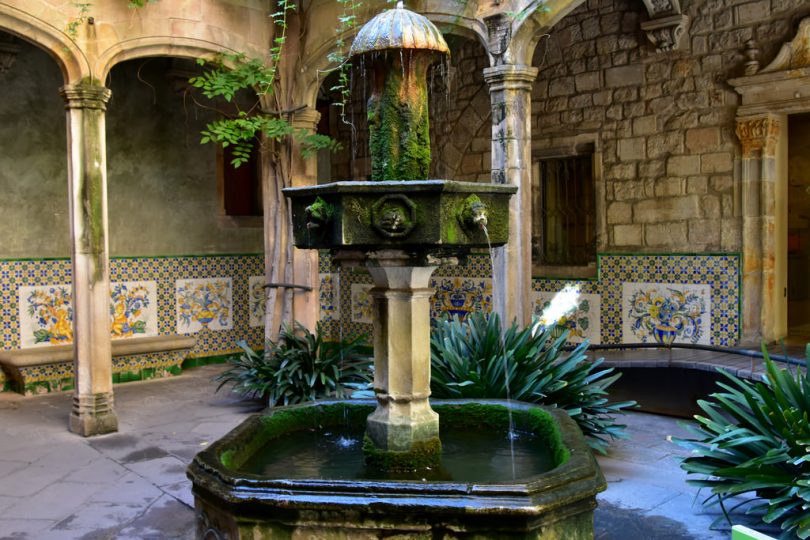

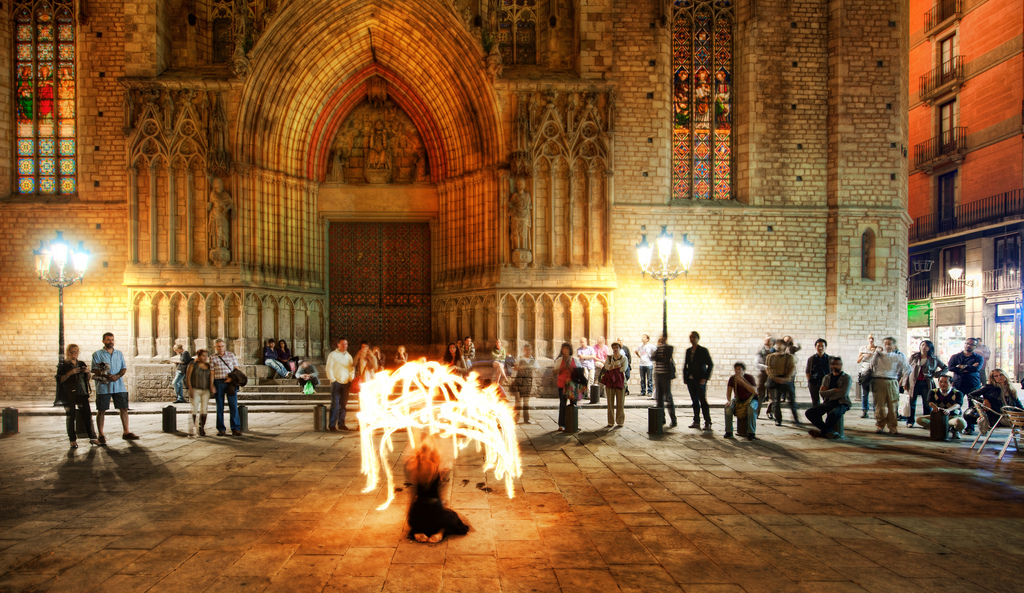

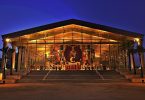




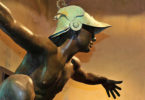

Leave a Comment